Other Parts Discussed in Thread: BQ76940, BQ78350-R1
Dear E2E Team!
In our actual design we're using the BQ78350-R1, its companion IC BQ76940 and the BQ76200 for highside switching.
But we are facing issues in some of the devices, where the BQ7200 won't turn on the FETs reliably, instead it goes into some sort of hiccup mode as described in chapter 2.1 in SLUA794.
We already doublechecked all component values and design recommendations according to SLUA794, SLVA729A and the datasheet itself. The values should be correct in terms of our design.
Now we're not sure if there is anything wrong in our design that we don't see.
As VDDCP capacitor we're using a 4u7 X7R for overall 12 MOSFETs (6x CHG, 6xDSG) for a 14S application. The input capacitance of one MOSFET is Ciss = 5600pF.
We're not sure if we should change the capacitor value or if it is better to take higher gate resistors. I want to share our schematic design also, for reference:
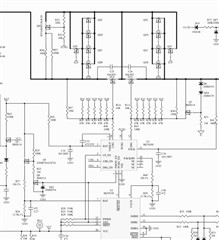
Figure 1: Actual design layout
Also here you can see how the BQ76200 in our design behaves.
As mentioned, there are just few devices whit this issue and we also couldn't recognise any error patterns or when this problem occurs:
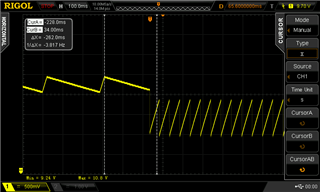
Figure 2: BQ76200 Hiccup Mode
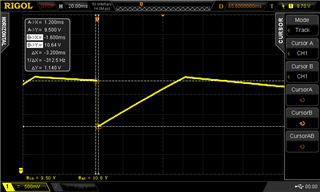
Figure 3: Successful switch-on on the same device as in Figure 2
Also I want to share the measurement of the gate current measured over R46 (100R on CHG side) and over R43 (100R on DSG side)
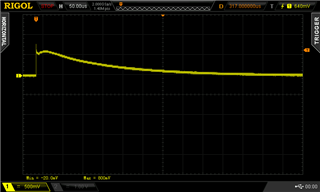
Figure 4: Gate current on CHG side measured over a 100R resistor
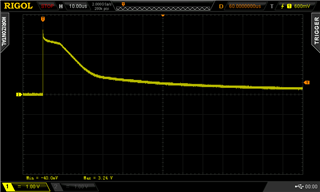
Figure 5: Gate current on DSG side measured over a 100R resistor
By the way, we can reproduce this failure only if we load the battery with a resistive load. In our case its approx. 3R @ 53V battery voltage
Thank you in advance for your help!

